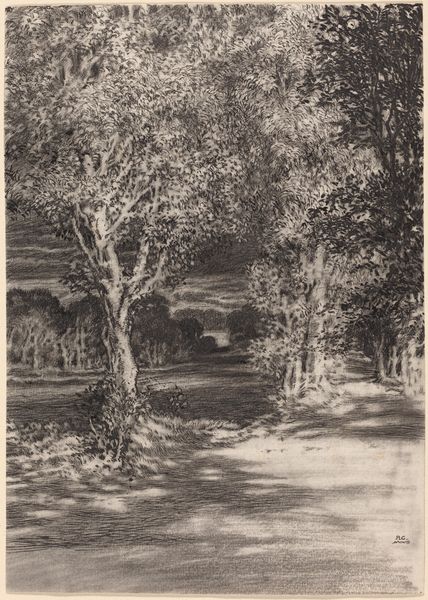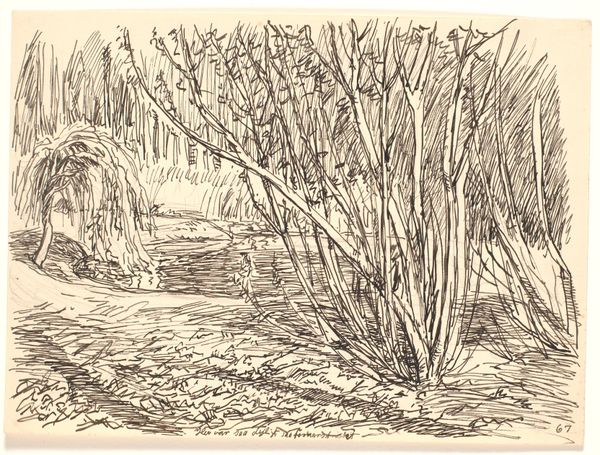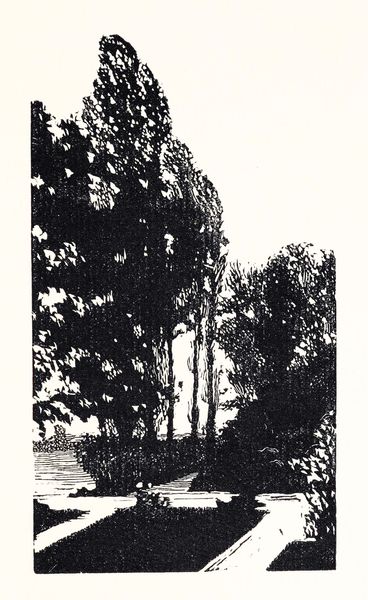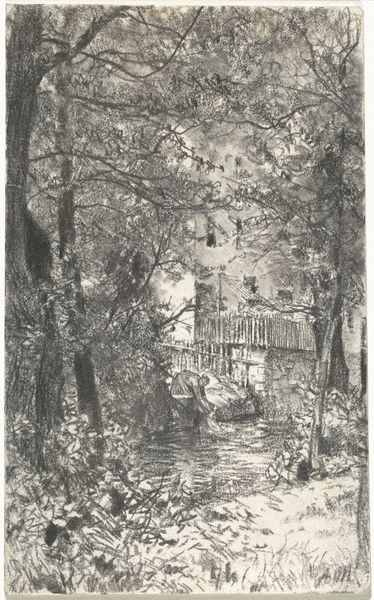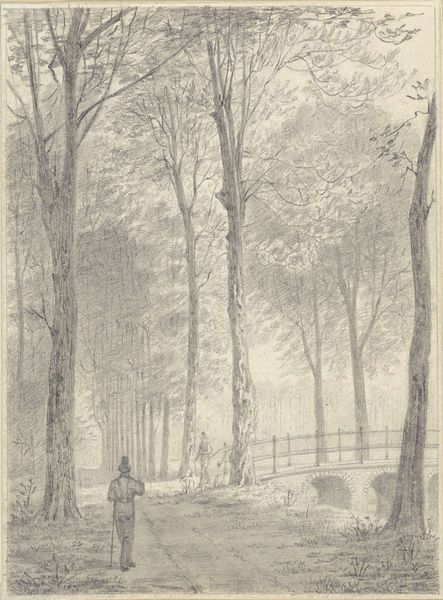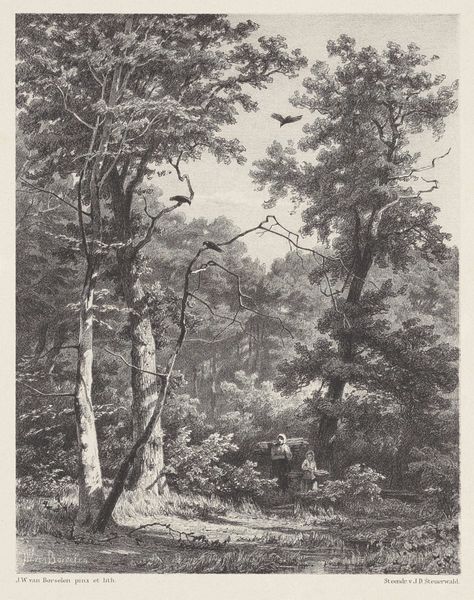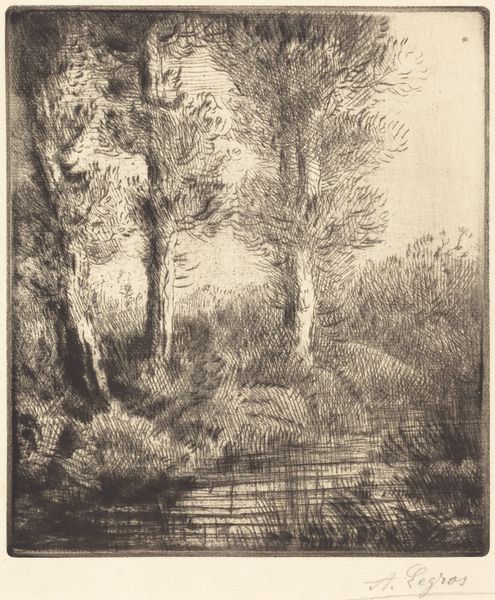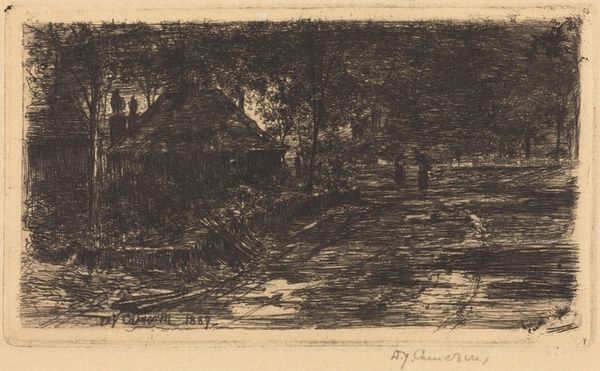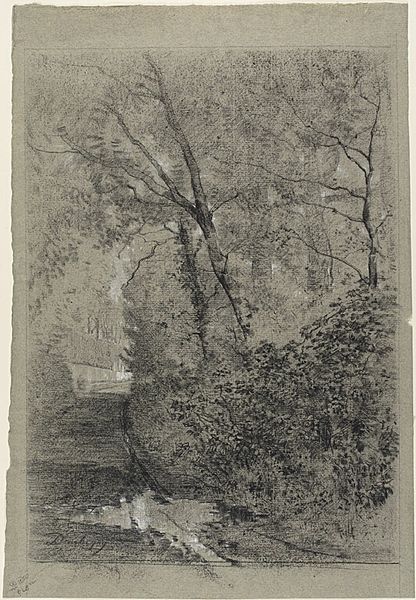
painting, plein-air, oil-paint
#
tree
#
garden
#
painting
#
impressionism
#
plein-air
#
oil-paint
#
landscape
#
park
#
post-impressionism
Copyright: Public domain
Editor: This is Van Gogh's "The Park at Arles with the Entrance Seen through the Trees," painted in 1888. It’s, sadly, a destroyed piece, depicting a garden scene. There is something dense and a little claustrophobic about the composition, the eye doesn't quite know where to rest. How do you interpret this work, especially considering the socio-political context of its creation? Curator: That feeling of claustrophobia is interesting. We know Van Gogh struggled with mental health and societal alienation. Consider how spaces – especially natural spaces – are depicted not just as landscapes, but as reflections of inner states and power dynamics. Think about access to parks as a privilege tied to class. Does this scene feel open and inviting, or screened-off, guarded, even? Who has access to this space? Editor: That's a great point, I hadn't considered access so directly. The thickness of the trees definitely gives that guarded impression, almost like the park is exclusively for a select few, doesn't it? The brushstrokes feel less about beauty and more about expressing a sort of barrier. Curator: Exactly. And what does it mean for an artist like Van Gogh, someone who himself probably felt marginalized, to depict that sense of exclusion? Does it critique the bourgeois ideal of the leisurely park, or does it reflect his own complex relationship to belonging? Editor: That reframes everything! I was so focused on the composition that I completely missed the potential commentary on social stratification. Curator: Art doesn’t exist in a vacuum. It’s always a conversation with the artist’s world, their identity, and their position within society. Thinking intersectionally opens up so many more layers. Editor: I will never look at a landscape the same way again. Curator: Me neither. Art is always shifting.
Comments
No comments
Be the first to comment and join the conversation on the ultimate creative platform.
